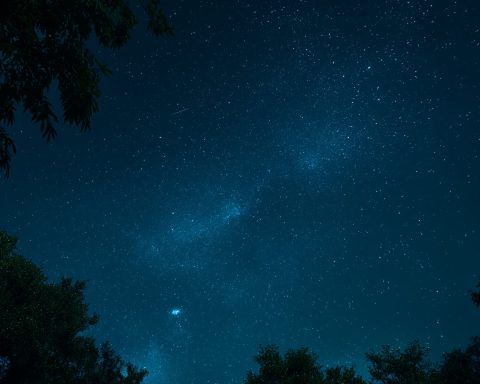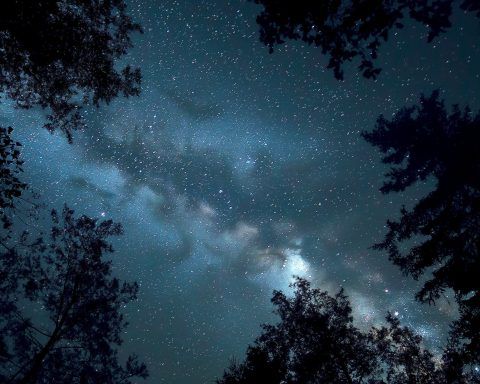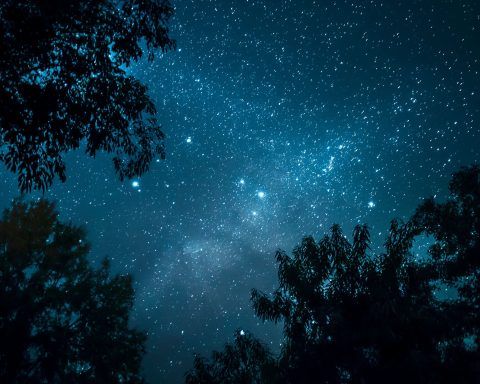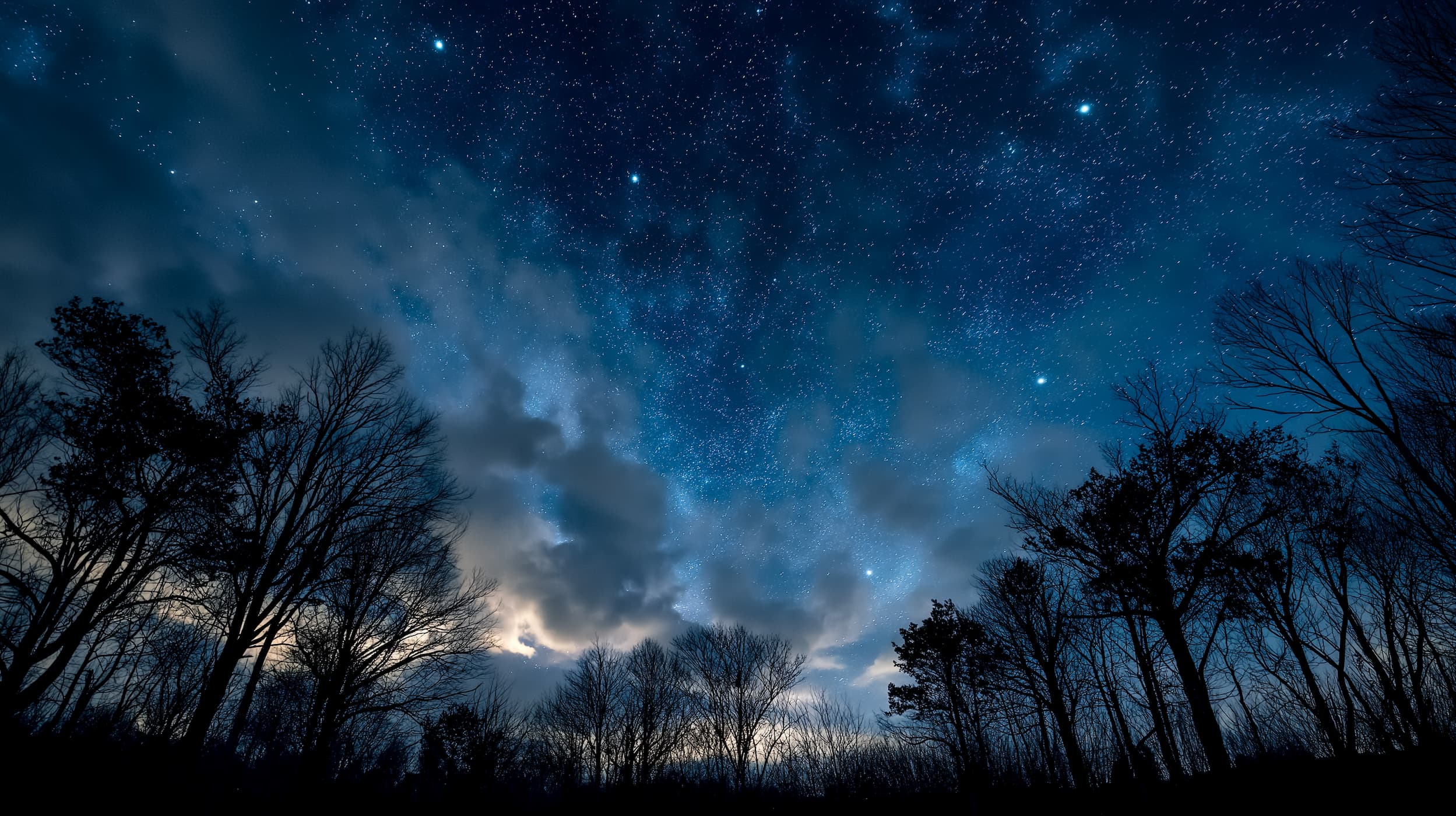
Supermoon, Northern Lights & “Dragon” Meteors: Skywatch Alerts for Oct. 5–6, 2025
The Night Sky Spectacle: October 5–6, 2025 As we head into the first weekend of October 2025, the night sky is bursting with activity. From an extra-bright full Moon to a flurry of meteors – and even lingering auroras and










